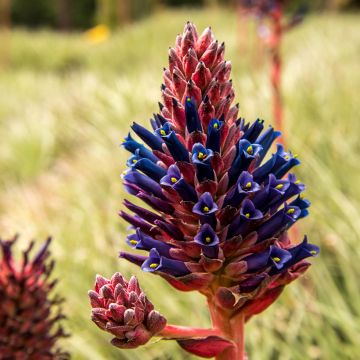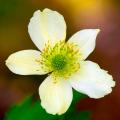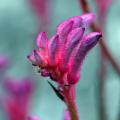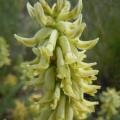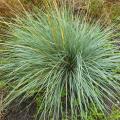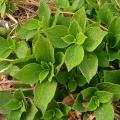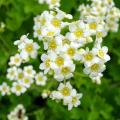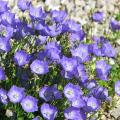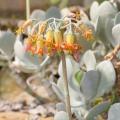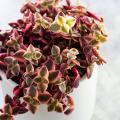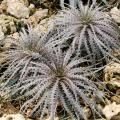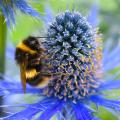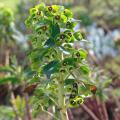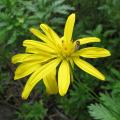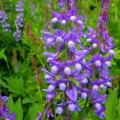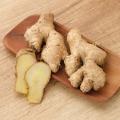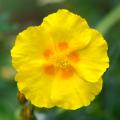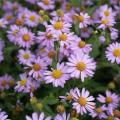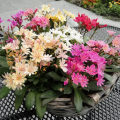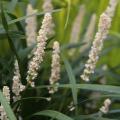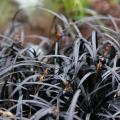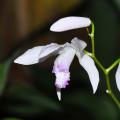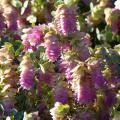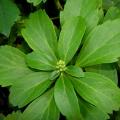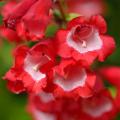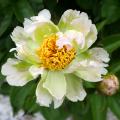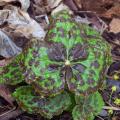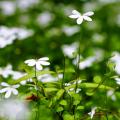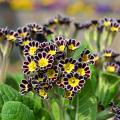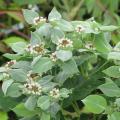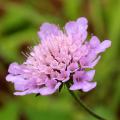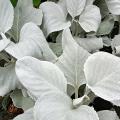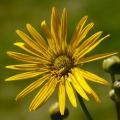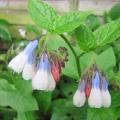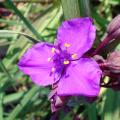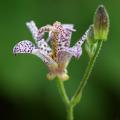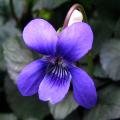Puya
Would this plant suit my garden? Set up your Plantfit profile →
Available in 2 sizes
Available in 1 sizes
Available in 1 sizes
Available in 1 sizes
Available in 1 sizes
Available in 1 sizes
Available in 1 sizes
Available in 1 sizes
Available in 1 sizes
Available in 1 sizes
Available in 1 sizes
The Puya, sometimes called sheep-eating plants or Chagual, are strange and fascinating terrestrial bromeliads that produce spectacular inflorescences, loaded with flowers whose colours are sometimes remarkable, like the turquoise blue or metallic blue flowers of Puya alpestris, caerulea, chilensis, or berteroniana.
Most of them are native to mountainous and arid areas of South America and they are plants more or less resistant to cold in dry soil (down to -10°C (14°F) for the hardiest ones). They form rosettes of tough leaves, often strongly spiny on the edges, reaching heights of 20 cm (8in) to 2 m (7ft) and spanning 2 m (7ft) in width, depending on the variety. Their flowering only appears on plants several years old. It takes the form of tall and branched flower spikes, even monumental (up to 4 m (13ft) in height for Puya chilensis), and comes in different shades of blue, yellow or white, solid or bicoloured. Puyas are generally semelparous plants like agaves, meaning that the rosette dies after flowering, not without producing daughter rosettes at the base of its stump.
Well adapted to Mediterranean or northern European climates, it is preferable in colder regions to cultivate them in pots to protect them from cold and humidity in winter. With their exotic and desert-like appearance, these bromeliads blend perfectly with yuccas, agaves, and other dasylirions in a large rock garden or on a dry slope, well away from busy areas!
Haven't found what you were looking for?












































